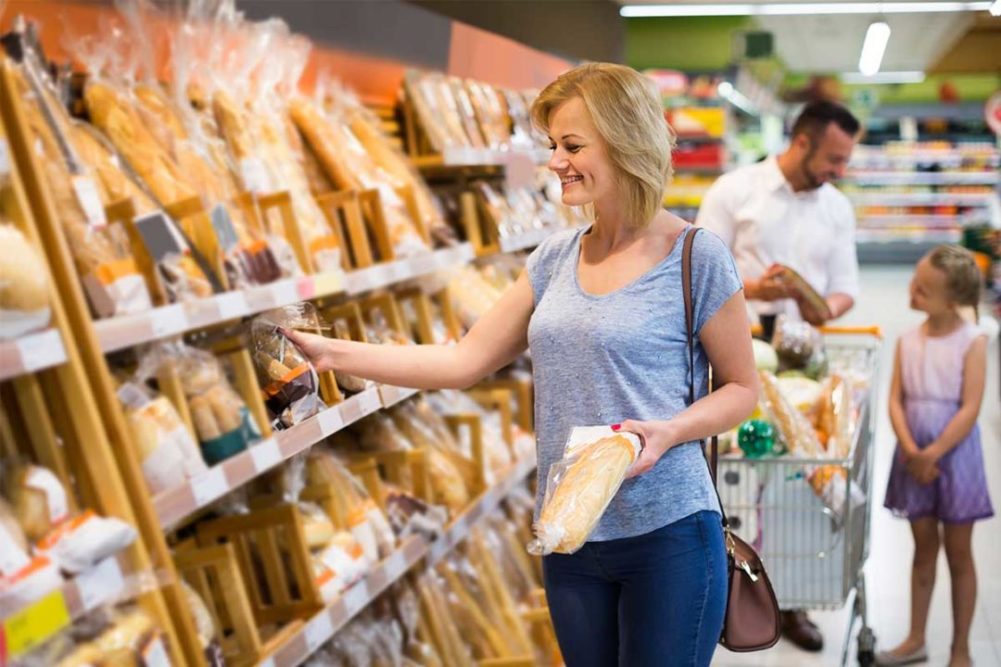The COVID-19 pandemic put many new products on hold, especially in the instore bakery, which was largely shut down due to concerns of viral spread. And it seems the category hasn’t recovered to provide new solutions for consumers … or rather those solutions are geared toward convenience and price as shoppers deal with the effects of inflation.
At the International Baking Industry Exposition (IBIE), held Sept. 17-21 in Las Vegas, experts from Category Partners will speak to both product innovation and the impact of inflation in two sessions. Product Innovation: How Has it Been Impacted and What Does it Mean? will be on Sunday, Sept. 18, at 11 a.m. in the RBA Bakers Center. Measuring Inflation and Its Impact Through the Eyes of the Consumer will take place Monday, Sept. 19, at 8:30 a.m. in W307-308. Adam Brohimer, president, and Cara Ammon, senior vice president of research, for Category Partners offered their insights into product innovation in the supermarket perimeter.
How did the pandemic impact new products in the instore bakery channel?
Adam Brohimer: We’ve seen this across the board in all perishable departments. We saw a lot of deli and bakery departments close down due to the pandemic. From 2019 to 2020, SKU counts dropped nationwide more than 7.5%. In all perishable departments, we saw a mad scramble as they were just in survival mode, both suppliers and retailers, as everyone was just trying to keep their head above water. It’s really stating the obvious, but you see in the SKU counts that everything just froze in time, and consumers weren’t looking for new and engaging things. In 2020 to 2021, SKUs went down again by 1.6%. So total SKU count was down 9% when you look at 2021 vs. 2019. So at that point we haven’t even started to go back up. That’s not an absolute indicator of innovation, but it’s a hard indicator that there was a lot less variety available.
What challenges does the baking industry now face with launching new products in this channel?
Mr. Brohimer: There’s no way to answer this question without talking about this: We have inflation putting consumers back in survival mode. They’re potentially not throwing big parties where you want to have a sheet cake, so maybe they go for cupcakes to save on cost. Some consumers had gone back to foodservice and restaurants and now they’re moving back to retail and eating meals at home again. That shift is throwing everything back up in the air again. Consumers are looking for those bargains, and I think we’ll start to see more trading down.
Cara Ammon: You do have some consumers trading down, but those consumers leaving foodservice are trading in, and there are ways to appeal to those consumers. These are the consumers who used to stop at a coffee shop for a donut or bagel, and I think there’s a way to appeal to them with innovation. They want a premium quality item, so they’re buying from the instore bakery at a lower price point than a restaurant.
Mr. Brohimer: Smaller iterations, like a cupcake instead of a sheet cake, give the consumer the experience they want but an option at a lower price point.
Ms. Ammon: I think that’s something we’ve seen across the board in fresh. Consumers want what they had before as far as quality but they are looking for a lower price point and total ring at the register, so maybe innovation is about smaller pack sizes, a quality experience and convenience, which remains important to consumers.
What trends do we see consumers responding to in the instore bakery space?
Mr. Brohimer: We see a trend toward meal solutions. We’ve seen those pre-packaged and solution-oriented offerings have created incremental sales even as the hot bars and self-serve departments have come back online. These offerings speak to consumers’ need for convenience. There’s an opportunity for suppliers for cross-promotion as they are a part of the larger meal experience. We’ve also seen a pullback around e-commerce. It’s much less significant than it was a year ago.
Ms. Ammon: There are certain groups of shoppers who are more inclined to shop online, but the groups that are less so are really pulling back.
Mr. Brohimer: I think it’s important to note that the market is not always going to be this way. Inflation is sucking the air out of the room now, and it could be this way for a while. But as producers and suppliers, you have to be thinking about what does the innovation pipeline look like, and how can we be in the position when consumers and customers are ready to be able to offer new products and solutions. The producers who are ready to supply customers with solutions will be the winners.

